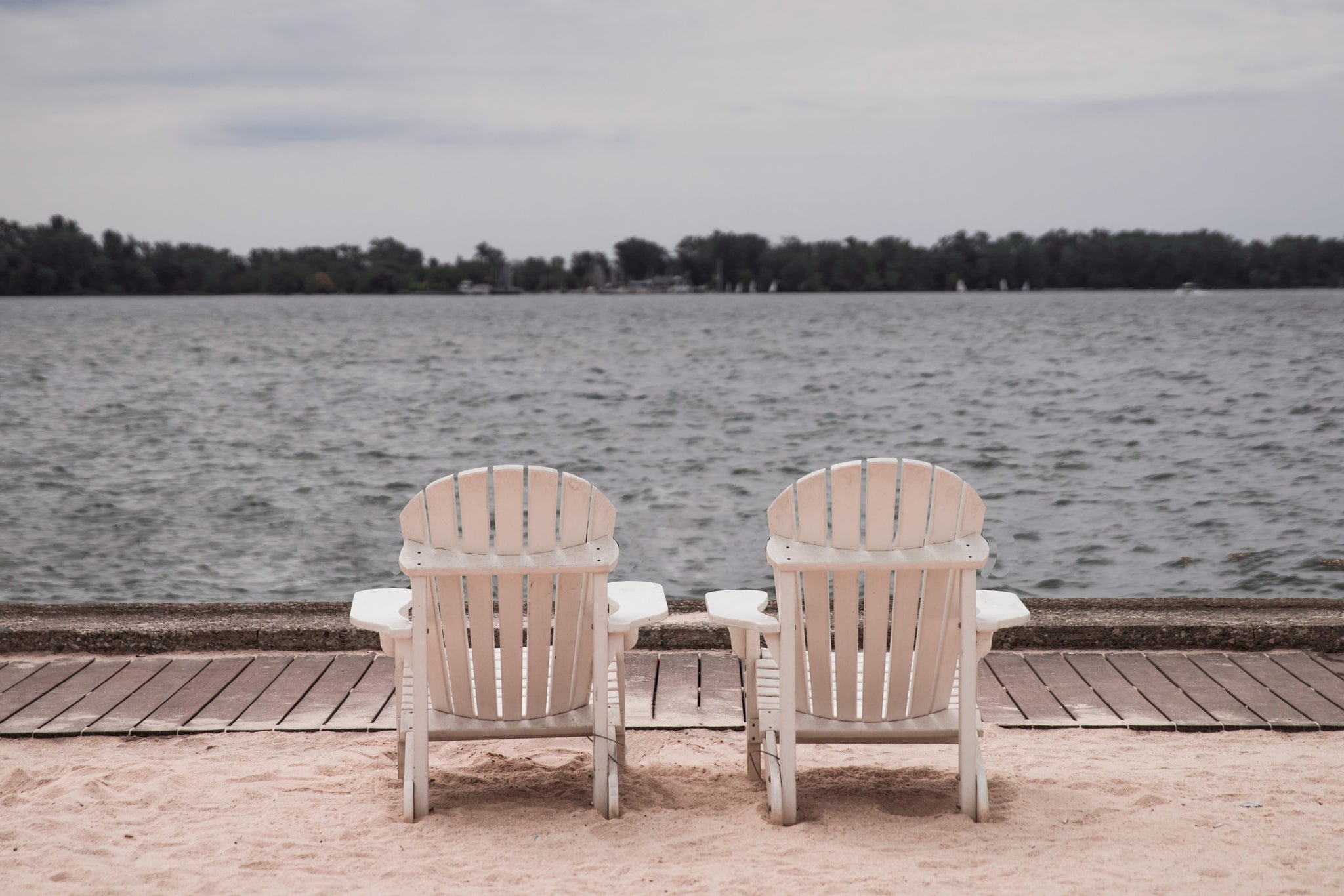Clear Lake Coffee Roasters: Coffee Origins Series- Peru - March 5, 2022
History of Coffee in Peru
In 1897 the Belgian consul in Lima Peru wrote a report that “the coffee of Peru is delicious,” there was every reason to believe he was right. That same year, coffee exports had reached well over 20,000 bags, almost triple the 7,000 bags exported in 1894. But the turn of the century would prove to be a peak for that generation of Peruvian coffee exports. By 1913, exports had dropped back down to 9,000 bags. It would have been difficult to imagine on the eve of WWI that for most of the next 100 years Peru would be numbered among the top 10 coffee producing countries in the world, and even rise to the number 5 spot a few times. Looking back, it's not only easy to understand why, but easy to imagine increasing success in producing specialty coffee as a leading supplier of organic coffee.
Growing Coffee in Peru
Peru is made up of a wide variety of landscapes, from long beaches to high mountains, from the desert to the largest rain forest. In the north, the second highest mountain rage, the Andes, goes through Cajamarca department and converges with the Amazon, creating complex and diverse orographies and microclimates. Cajamarca’s inter-Andean valleys have hosted coffee crops for more than 200 years and concentrate almost 43% of the total Peruvian coffee production, not only because of its vast lands but because of an ancient coffee tradition that goes back to the XVIII century, when the first coffee crops were brought in and started to be nurtured by the many generations of producers in the region. Coffee has been part of their lives for so long that their inhabitants’ experiences and learnings are inextricably linked to it.








Leave a comment
Please note, comments must be approved before they are published